MOVING TO
NEW ZEALAND
A PRACTICAL COUNTRY SPECIFIC
MOVING GUIDE OFFERED BY US
FOR YOUR CONVENIENCE
MOVING TO
NEW ZEALAND
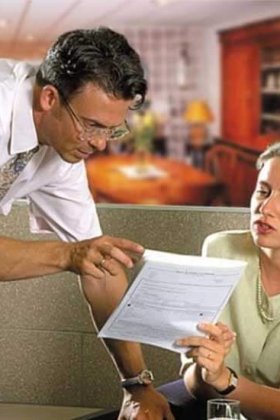
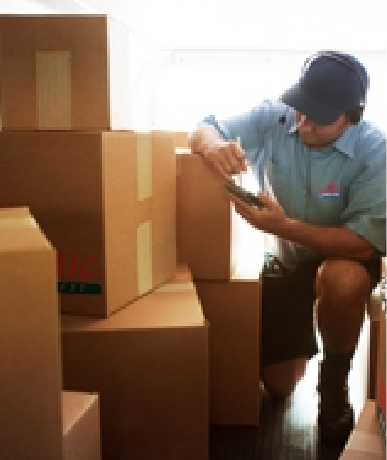
Moving to
another country
Moving to another country, let alone half around the globe always seems a daunting task at first. Let us help you make this transition a smooth one and most importantly let our certified expertise in International Moving, Relocation and Shipping services assist and move you through the entire process. Our clientele benefit from our comprehensive know-how, fair and honest pricing, our in-depth and versatile service solutions in regards to your specific and individual moving & relocation needs!
TRANSIT TIMES
When moving, one should keep in mind the anticipated door-to-door transit time of their shipment as the length of transit might have numerous implications for you. For example, do I need to rent or purchase my new home in advance, shall I opt for a pre-longed hotel stay or have corporate housing? When moving for an employer or being a foreign civil servant on posting, your existing relocation policy will clearly identify your allowances and provide options in terms of residency while your belongings are in transit. Our team of Certified Moving Consultants® will discuss with you our various service and transit time options in regards to your particular moving needs.
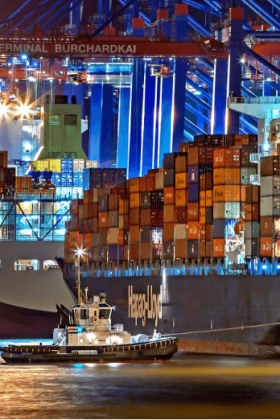
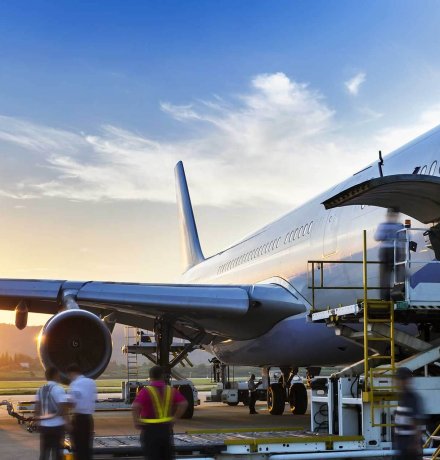
U.S. Region to New Zealand

FCL – SEA Freight
U.S. East Coast
- Expedited Service
- 8 -to- 10 weeks
- Regular Transit
- 10 -to- 12 weeks
U.S. Midwest
- Expedited Service
- 8 -to- 10 weeks
- Regular Transit
- 10 -to- 12 weeks
U.S. Gulf Coast
- Expedited Service
- 8 -to- 10 weeks
- Regular Transit
- 9 -to- 11 weeks
U.S. West Coast
- Expedited Service
- 7 -to- 9 weeks
- Regular Transit
- 8 -to- 10 weeks

AIRFREIGHT
U.S. East Coast
- Expedited Service
- 8 -to- 12 days
- Regular Transit
- 10 -to- 16 days
U.S. Midwest
- Expedited Service
- 8 -to- 12 days
- Regular Transit
- 10 -to- 16 days
U.S. Gulf Coast
- Expedited Service
- 12 -to- 16 days
- Regular Transit
- 14 -to- 20 days
U.S. West Coast
- Expedited Service
- 8 -to- 12 days
- Regular Transit
- 10 -to- 16 days
Consolidation – SEA
U.S. East Coast
- Expedited Service
- 10 -to- 12 weeks
- Regular Transit
- 14 -to- 16 weeks
U.S. Midwest
- Expedited Service
- 10 -to- 12 weeks
- Regular Transit
- 14 -to- 16 weeks
U.S. Gulf Coast
- Expedited Service
- 10 -to- 12 weeks
- Regular Transit
- 14 -to- 16 weeks
U.S. West Coast
- Expedited Service
- 9 -to- 11 weeks
- Regular Transit
- 12 -to- 14 weeks
NEW ZEALAND CUSTOMS INFORMATION
IMPORTANT FACT:
The entire import customs clearance process in New Zealand is extensive and there are many restricted and/or prohibited items which should not be moved/shipped as part of your overseas move.
Please refer to enclosed ‘Customs Guide’ for a full listing of prohibited and restricted articles.
Household goods can be imported free of duty and tax (GST) if imported by a person who has arrived in New Zealand, and has one of the following:
– New Zealand / Australian passport
– New Zealand residence visa / permit
– Returning resident visa / permit
– New Zealand work visa / permit issued for a minimum of 12 months
– Permanent resident visa
– Returning resident visa issued by the government of the Commonwealth of Australia
– Work visa / permit (minimum of 12 months / skilled migrant / long-term business visa / permit)
– Visitor visa / permit issued for a minimum of 3 years
If owner of the goods does not have one of the above, at the time of arrival of the shipment into New Zealand, duty and tax (GST) will be payable to New Zealand Customs.
On another note, New Zealand Quarantine (MPI) changed the law so that no containers can go directly from port to residence any longer. From now on, every container entering New Zealand must be unloaded and inspected at a transitional facility before being reloaded and delivered to residence.
The associated fees are for the account of the owner of the goods.
MOVING TO
NEW ZEALAND
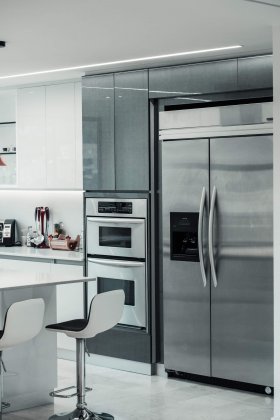
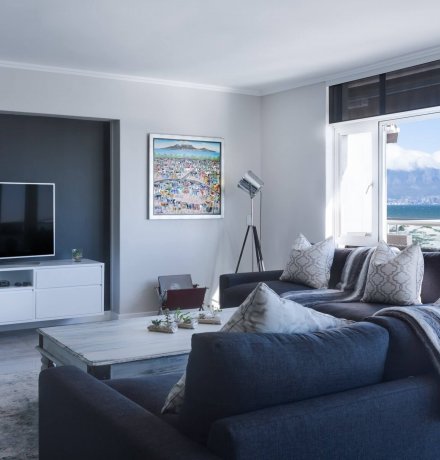
PRACTICAL INFORMATION – ELECTRONICS/HOME APPLIANCES/LAMPS
We are often ask by our clientele for advice in regards to whether or not to ship their electronics or home appliances as part of their move to New Zealand? The answer is somewhat complicated and a grey area.
Some appliances or electronics might work with a transformer, others will definitely not work such as air conditioners, microwave ovens, vacuum cleaners, and/or electric clocks, because the appliance does not successfully adapt and a transformer will not be able to change the wattage.
So, which or what electrical appliances should I bring with me? A general rule: Nothing that is big or consumes a lot of power. Laptops, computers, and small radios are fine to include in your shipment. Kitchen or laundry appliances, microwave ovens, power tools, and TV sets are not. Also keep in mind, if not sure or certain, please do not try! Plugging in a non-conforming appliance or electronic can result in an electrical fire or a severe, potentially lethal shock. Don’t assume a fuse or circuit breaker will protect you if you do something wrong.
If you move often, or know that you will be returning back to the USA within a certain time period, it might be wise to purchase so-called ‘Multi-system appliances and electronics’. These devices are manufactured to operate on either 110-120 volts or 220-240 volts and are referred to as “multi-system”. They are usually constructed with a switch that enables them to be operated on either current. In addition, multi-system television sets are adaptable to the different video systems (USA = NTSC vs. New Zealand = PAL) and scanning standards and can be used in either country. This way you won’t have to worry about frequent new purchases or trying to sell off under market price your used appliance or electronic item when relocating back home or to another country.
Certain table lamps with normal outside wiring can be used with a plug adapter, but most importantly you’ll have to change the light bulb/s as they are designed for one voltage system generally and do not work well in another plus a wrong light bulb/s can become dangerous. Risks include electrocution and fire (immediate or delayed).
For expensive ceiling lamp fixtures, chandeliers or sconces one might consider taking them along and having them rewired, adapted and made compatible with the local line voltage and frequency by a local specialty shop or retailer in your destination country.
CULTURAL INFORMATION
- The world’s first commercial bungee jump was a 43 metre leap off the Kawarau Bridge in Queenstown in 1988.
- New Zealanders love their cars! 2.5 million cars for 4 million people (including the kids) makes New Zealand’s car ownership rate one of the highest in the world.
- Although it is around the size of Japan, New Zealand’s population is just over four million, making it one of the world’s least populated countries.
- In 1893, New Zealand became the first country to give women the right to vote.
- Sir Edmund Hillary, the first person to climb Mount Everest in 1953, was a New Zealander.
